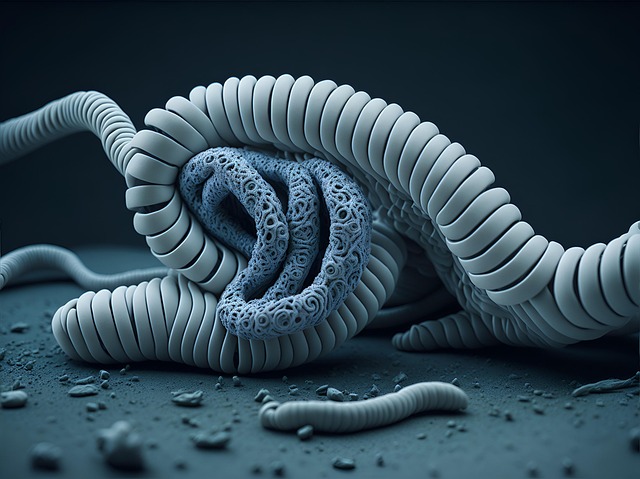Third-party testing is crucial for validating the performance of cold air intakes (CAIs), ensuring they meet claimed standards and maintaining market integrity. Independent assessors use rigorous methodologies, measuring key parameters like airflow rate, pressure drop, and temperature decline to evaluate CAI performance under controlled conditions. This process simulates real-world driving scenarios, providing data-backed insights that guide automotive enthusiasts in informed purchases and drive industry innovation. Key metrics revealed include flow rate increases, reduced backpressure, and improved air density, contributing to better combustion efficiency and increased horsepower.
“Unleash your vehicle’s full potential with an in-depth look at third-party testing and its pivotal role in evaluating cold air intake (CAI) performance. This article explores the science behind CAI performance testing, delving into the unique methodology employed to measure efficiency. We’ll decipher test results, highlighting what these evaluations truly unveil about CAI’s ability to enhance engine power and torque. By understanding this process, car enthusiasts can make informed decisions when enhancing their ride.”
- Understanding Third-Party Testing and Its Role in Cold Air Intake Performance Evaluation
- The Methodology Behind Cold Air Intake (CAI) Performance Testing
- Interpreting Results: What Do Third-Party Tests Reveal About CAI Efficiency?
Understanding Third-Party Testing and Its Role in Cold Air Intake Performance Evaluation

Third-party testing plays a crucial role in evaluating the performance of cold air intakes (CAIs). This independent assessment is essential for ensuring that CAIs meet claimed power gains and efficiency standards, providing assurance to consumers and maintaining market integrity. By employing a rigorous testing methodology, third-party testers can accurately measure key parameters such as airflow rate, pressure drop, and temperature decline, offering a comprehensive understanding of a CAI’s performance potential.
This objective evaluation is particularly important given the diverse range of CAI designs and manufacturers available in today’s market. Using standardized protocols and advanced instrumentation, third-party testing serves as a bridge between product claims and real-world application. The results not only help automotive enthusiasts make informed purchasing decisions but also drive innovation within the industry by encouraging manufacturers to optimize their cold air intake technologies based on verifiable data.
The Methodology Behind Cold Air Intake (CAI) Performance Testing

The methodology behind Cold Air Intake (CAI) performance testing involves a meticulous process designed to simulate real-world driving conditions. It begins with preparing a controlled environment, typically using specialized equipment to measure air flow and temperature accurately. The CAI system under test is installed onto a vehicle, ensuring secure connections and proper alignment. Engineers then conduct a series of dynamometer runs at varying engine speeds and loads. During these tests, the amount of cold, dense air flowing into the engine is measured, providing crucial data on the intake’s efficiency. This data is compared against manufacturer specifications and industry standards to ensure optimal performance and reliability.
The testing methodology also encompasses environmental considerations. Temperature and humidity levels are carefully controlled to mimic different atmospheric conditions. Additionally, researchers may simulate various driving scenarios, such as acceleration or high-speed turns, to evaluate the CAI’s performance across a spectrum of real-world situations. This comprehensive approach ensures that any potential issues or performance gaps are uncovered, allowing for informed decisions regarding the CAI’s effectiveness and reliability in diverse applications.
Interpreting Results: What Do Third-Party Tests Reveal About CAI Efficiency?

Third-party testing results provide valuable insights into the cold air intake (CAI) efficiency of a vehicle. This independent assessment goes beyond manufacturer claims, offering an unbiased look at CAI performance under controlled conditions. The testing methodology typically involves measuring airflow rates, pressure differentials, and temperature changes before and after the intake is installed. By comparing these metrics against stock intake systems or other modified options, engineers can quantify improvements in engine breathing, cooling effects, and overall performance gains.
These tests reveal critical data points such as flow rate increases, reduced backpressure, and improved air density, all of which contribute to enhanced combustion efficiency and power output. For example, a CAI that delivers more cold, dense air to the engine can result in better fuel burning, increased horsepower, and improved torque delivery. Such findings are crucial for automakers aiming to fine-tune their vehicles’ performance and for enthusiasts seeking to optimize their cars’ capabilities through aftermarket upgrades.
Third-party testing plays a pivotal role in the evaluation of cold air intake (CAI) performance, offering an unbiased and comprehensive methodology that uncovers CAI efficiency. By employing standardized protocols, these tests provide owners and enthusiasts with reliable data, enabling informed decisions when choosing or upgrading their CAIs. Understanding this process empowers car lovers to navigate the market, ensuring optimal engine performance and enhancing their driving experience. Thus, leveraging third-party testing results is a crucial step in the quest for enhanced cold air intake performance.














